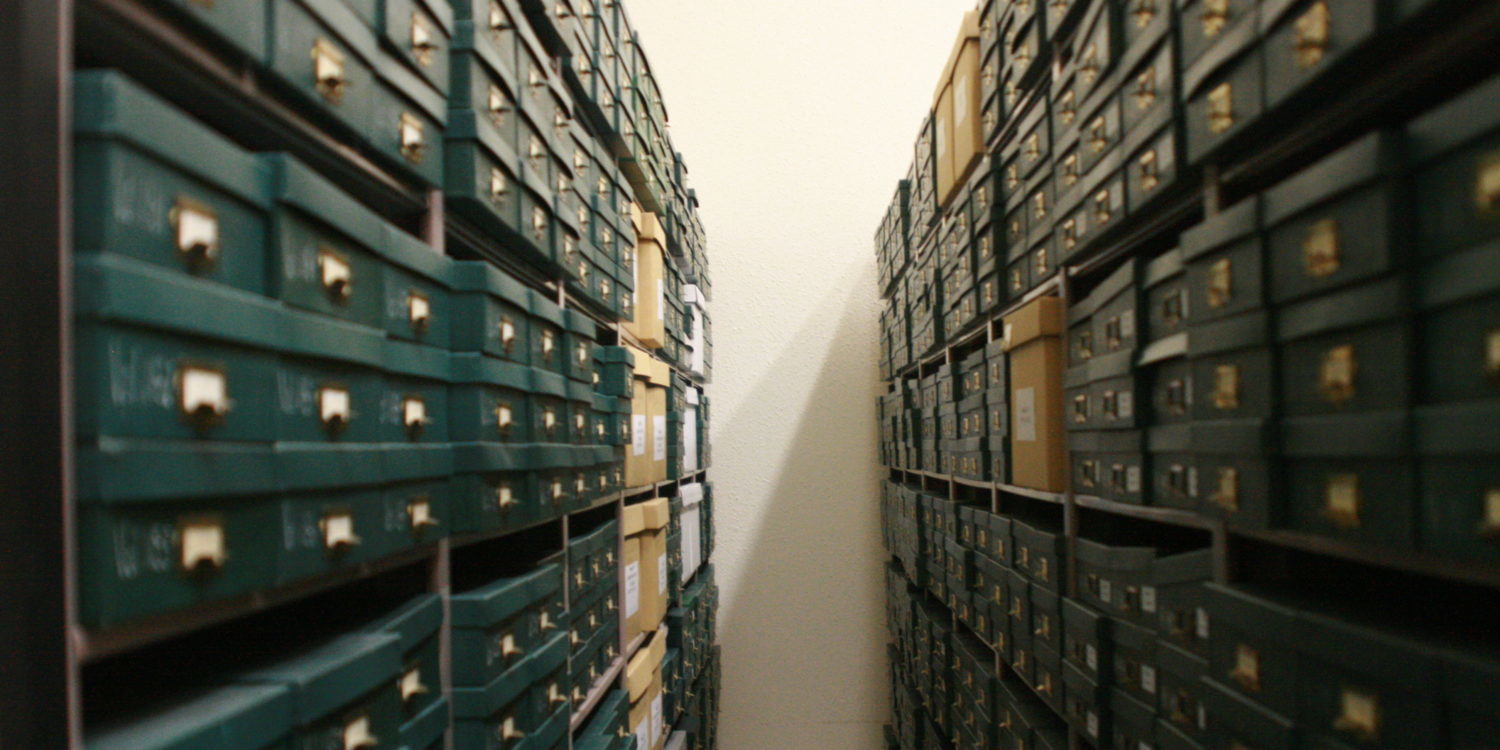The Conference of Mennonites in Canada (now Mennonite Church Canada) began an archival program in 1933, and continues its support of the Mennonite Heritage Archives. In 2017 Mennonite Church Canada began to share the ownership of the archives with Canadian Mennonite University and the Centre for Transnational Mennonite Studies.
The Mennonite Heritage Archives is the official repository of the following organizations:
- Canadian Mennonite Board of Colonization (CMBofC)
- Christian Mennonite Conference – Waisenamt Archive (CMC - formerly Chortizer Mennonite Conference)
- Evangelical Mennonite Conference (EMC)
- Evangelical Mennonite Mission Conference (EMMC)
- Manitoba Mennonite Historical Society (MMHS)
- Mennonite Central Committee Manitoba (MCC Manitoba)
- Mennonite Central Committee Canada (MCC Canada)
- Mennonite Church Manitoba (MC Manitoba)
- Mennonite Church Canada (MC Canada)
- Mennonite Historical Society of Canada (MHSC)
- Westgate Mennonite Collegiate (WMC)
The archives specializes in the preservation of Prussian, Russian, and Canadian Mennonite community documents.
Scroll down for a comprehensive how-to guide on recording, organizing, and archiving your congregations records.
